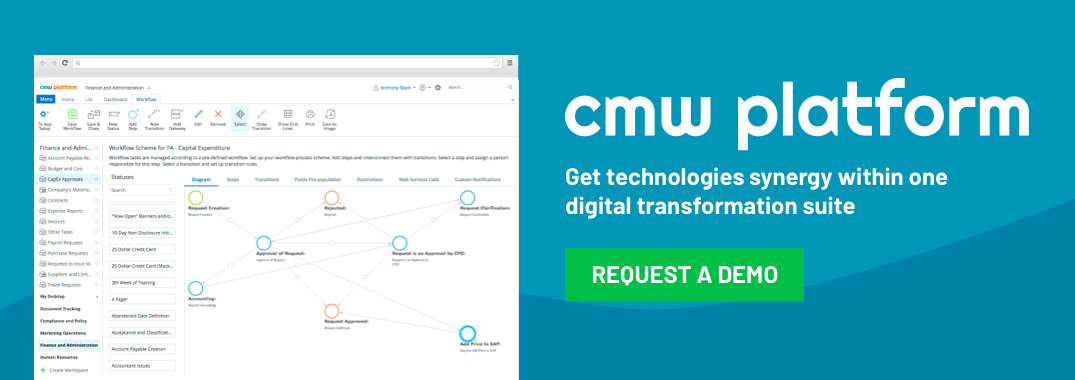Workflow Automation – does it really “automate people out of their jobs?”
Tuesday, July 28, 2015 / Updated: February 15, 2023
The market is saturated with solutions that, as their marketers claim, are capable of “replacing” the team manager. Does this really mean that team work automation software emerges as a real threat to the managers’ job?
Strategic management divides the manager’s activities in two groups: value-added activities and peripheral activities. Most resources that are spent on activities on the whole should be spent on value-added activities that make the product more valuable. On the contrary, peripheral activities should be optimized as much as possible in order to demand fewer resources on them, or they should be delegated. That is how the assistant manager profession was born.
For some reason, delegating doesn’t always work or isn’t always possible while the amount of routine work is pretty much stable and tends to grow. As a solution to this situation, team work management systems started to emerge on the market: the niche has been empty for quite a while.
Now we can see that more advanced systems are becoming available year-on-year. We have already spoken about these systems in our recent post and mentioned that IT software developers and support departments were the first to use these solutions, also known as issue tracking systems which nowadays more often function online.
The systems are claimed to solve the manager’s biggest problem: to know who’s been doing what and then use this information both for distributing more tasks, and taking the project progress under control. Also – make ‘doable’ work, project plans and control task completeness.
The main principal of work for these systems is that the solution demands the worker to give them some data when they complete each part of their work. Then the system gathers the data and can reveal it in the form of live reports and dashboards.
If the system has built-in automated workflows, as is the case with issue tracking systems – most of them are based on executable workflows – then the solution can play a specific scenario (workflow) of further team work execution. This way, one task after another is completed, both continuously and under control. This helps avoid chaos or losing bits of data, or leaving some parts of work uncompleted.
This way, the system helps the manager with routine work. Yet it doesn’t replace them: it only helps them control work progress and task completeness, and distribute more work. Workflow automation logic also comes from the manager: even in the case where they take a pre-configured template for work processes, they can configure it to reflect the order of work they want their team to use.
Obviously, if the system only assists, it can’t be a substitute. Does this mean that the era of the manager is in decline? It’s like asking whether painters would disappear with computer graphics gaining popularity, or whether the music industry would no longer exist since software for sound processing has started to gain popularity.
Comindware Tracker is work management software and it helps reduce the time spent on routine control work, so the manager can put more effort into strategic and tactical work – the creative work he is exactly dedicated to perform.




Posted on: in Leadership, Project World